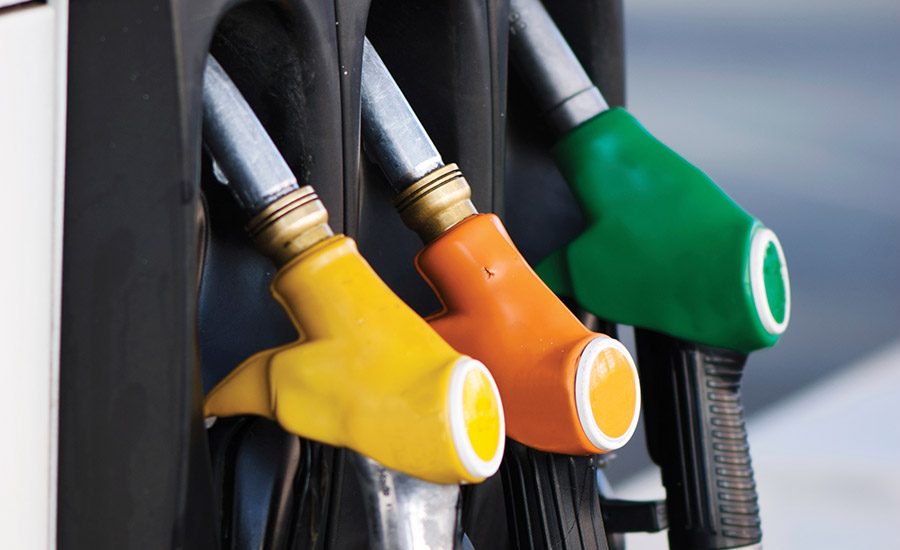Automakers’ search for lighter materials and more fuel-efficient vehicles is a well-covered topic. But there are more layers to the story than the headlines suggest. Bayer set out to determine how structural adhesives can help automakers achieve their goals. We went to the source: OEMs, tier suppliers and academic researchers who work daily to solve these challenges.
Needs and Opportunities
We leveraged our network to conduct listening events with key decision makers along the automotive value chain. During our conversations, we asked: What challenges do you face? What are the most critical outcomes you are dissatisfied with? How much are you willing to invest to reduce vehicle weight? What does your perfect world for production look like? How does a vehicle’s launch cycle impact your goals?
The participants’ collective insights were surprisingly candid and detailed. When we tallied the results, we were able to identify and prioritize several areas of market dissatisfaction, as well as opportunities for material solutions. A common complaint was that joining mixed materials is a significant challenge for automakers as they use new material combinations to help reduce vehicle weight. The ability to bond dissimilar materials—such as aluminum to steel or carbon fiber to steel—topped the list at 38% dissatisfaction. Second, at 35%, was the need to combine high strength and elongation in one adhesive product (see Figure 1).
During the industry conversations, one person said: “To achieve 2025 CAFE standards [U.S. EPA fuel economy standards], we need robust bonding systems that provide design flexibility, which will ultimately help us make cars people want to buy.”
As for the potential investment they were willing to make, one interviewee said, “We are willing to pay $5 per kilogram to remove 1 kg of weight.” Another added that the investment for luxury vehicles could be even higher—depending on the location of the weight reduction on the vehicle.
Digging deeper into the specific trends and how they impact adhesives, we confirmed that OEMs will continue the trend toward varied lightweight substrates. Aluminum usage is expected to grow 7%, or 200 lbs per vehicle by 2025, with other non-metals increasing 3% during that span. Steel will remain a significant part of the material mix.
The different degrees of thermal expansion for the materials are reducing the effectiveness of traditional joining methods such as rivets and welds. Using structural adhesives, along with traditional fastening methods to bond dissimilar materials, can reduce the number of rivets and welds (thus reducing mass in the process) while retaining the overall bond strength. In addition to lightening a vehicle’s curb weight, structural adhesives also contribute to cost savings. Consider that steel is $0.25 per weld, or $500 per car. Aluminum, which requires three times more power than steel to weld, is $0.40 per weld, or $800 per vehicle. Structural adhesives can help reduce the number of welds per car—and are compatible with lighter-gauge metals.
Adhesive Technologies
Structural adhesives are commonly used for reactive adhesives used in direct glazing applications and for bonding seating units or roof linings. Polyurethane dispersions, in combination with selected polyisocyanate crosslinkers, are used to produce thermo-activatable adhesives for the lamination of interior automotive parts. Among their benefits are economical, efficient bonding processes due to fast buildup of bonding strength, high heat resistance of the bonds, and low volatile organic compound (VOC) emissions.
For structural applications, 100% solids raw materials are formulated to produce reactive adhesives. In addition to being used in direct glazing, roof linings and for bonding seating units, they are used for bonding metals and sheet molding compound.
Another notable comment was that a switch in the temperature for the e-coat to cool requires improved flexibility for adhesive formulations, which in turn provides more design flexibility. According to experts we spoke with, in a perfect world, a polyurethane adhesive could withstand the high temperatures of the e-coat process, as well as broad temperature swings during the vehicle production process. But, at this point, epoxy adhesives are the ideal technology to withstand e-coat temperatures. In general, adhesives work well for joining at up to 450°F and 5,000 psi, and provide other benefits such as continuous joint participation, corrosion prevention, fatigue resistance, and vibration and noise dampening. The increasing use of combinations of materials by OEMs—steel and aluminum, steel and composite, aluminum and composite—will require adhesives that combine strength and flexibilities to an extent not seen before (see Figure 2).
We also learned that automakers are more nimble than we thought. One respondent said that changing an adhesive adds only two years to a launch cycle—a much shorter time period than we had anticipated. New adhesive selection is also dependent on the production and assembly processes the OEM and tiers select, so it is critical that adhesives and bonding, and the properties expected (including viscosity, cure rate and physical bond properties), be incorporated at the early stages of new model designs.
Safety was another topic raised during conversations. Here, too, structural adhesives offer a strong solution. In fact, when it comes to crash resistance, adhesive bonding combined with spot welding is better than either method alone, according to testing by Sika. Based on motor carrier crash testing on a welded frame part without any adhesive bonding vs. an adhesively bonded and spot welded frame part, the adhesively bonded and welded frame part absorbs forces better—leading to less deformation, according to Sika.
Structural adhesives will continue to play a significant role as the automotive value chain continues to seek realistic, cost-efficient ways to reduce weight while improving vehicle performance and customer satisfaction. The insights gained during our ongoing listening events to identify unmet needs in the automotive market will guide further research and development for structural adhesive formulations.
For more information, contact the author at (412) 297-6088 or danielle.hunter@bayer.com, or visit www.coatings.bayer.com.








